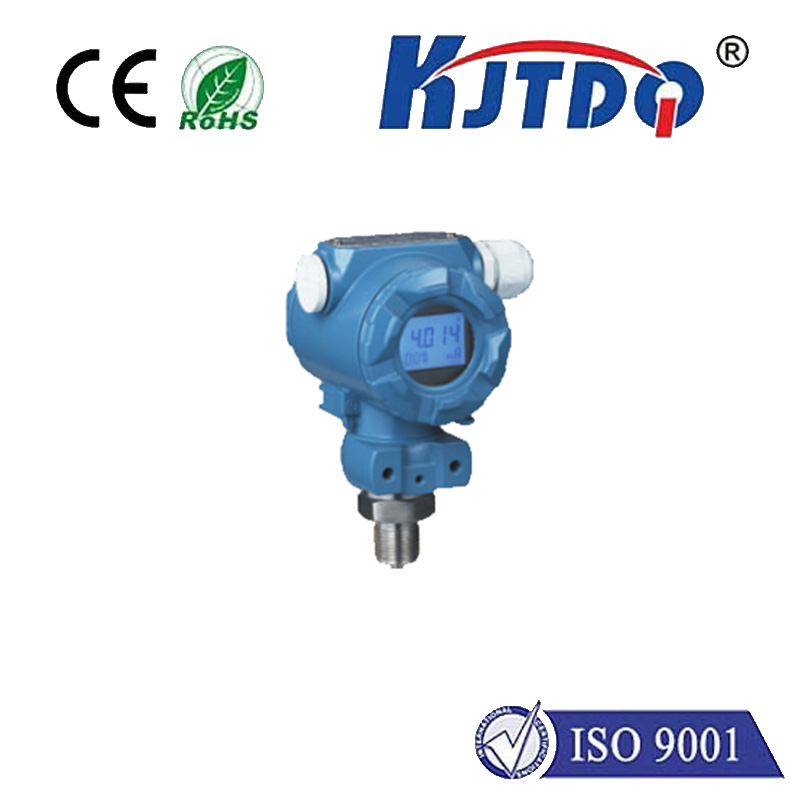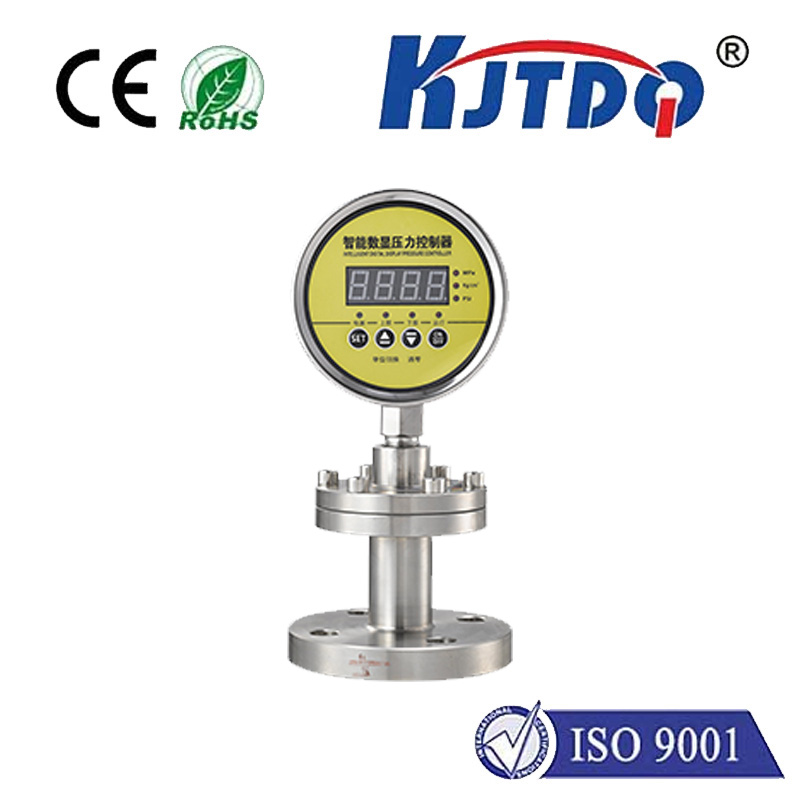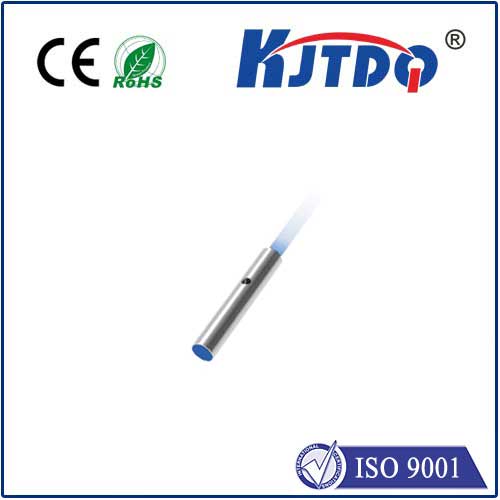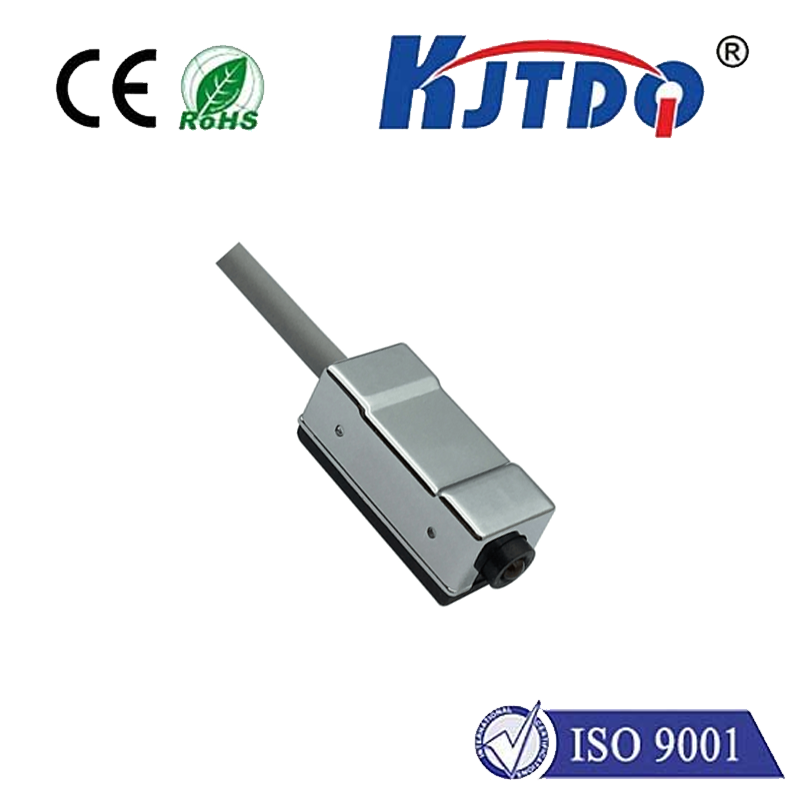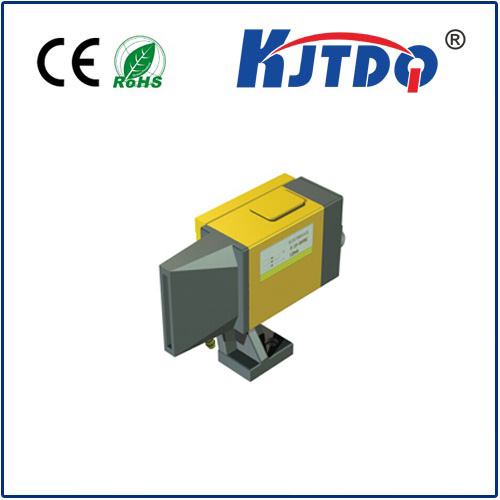

check

check

check

check

check

check

check

check

check

check
Understanding "Whisker Limit Switch" in Data Analysis
In the realm of data analysis, visualization tools play a crucial role in representing complex datasets in an understandable format. One such tool that offers insightful statistics at a glance is the box plot, which includes elements like the "whisker limit switch." This article aims to demystify this concept and explain its significance in data interpretation.
## What is the Whisker Limit?
The term "whisker limit," often encountered in discussions about box plots, refers to the extent of data variation displayed outside the interquartile range (IQR). In statistical terms, the whisker limits are set at 1.5 times the IQR from the first (Q1) and third (Q3) quartiles. They represent the maximum and minimum values within this calculated range, indicating the sprawl of the dataset without considering outliers.

Data points that fall beyond these whisker limits are typically considered outliers—values so far from the majority of other data that they could indicate a separate population or a potential error in the data collection process. Thus, the whisker limits serve as a threshold for identifying when data might be deemed anomalous.
## The Significance of Whisker Limit Switches
The whisker limit switch is a critical component of the box plot because it defines the boundary between regular data variation and outliers. By clearly marking where the normal variability of the data ends, the whisker limits help analysts identify potential areas of concern in their data sets. For instance, if an observation falls outside these limits, it may prompt further investigation into possible explanations or even data validation efforts.
Moreover, understanding the whisker limits can assist in comparing distributions across different datasets. If two box plots are compared side by side, the length of the whiskers can give a quick indication of the degree of variability and potential outlier presence in each group. This comparison is particularly useful in fields like quality control, experiment design, and A/B testing, where spotting deviations from the norm is essential.
## Application in Real-World Scenarios
Consider an example of a manufacturing plant monitoring product dimensions. By plotting the measurements on a box plot, engineers can use the whisker limits to quickly identify products that do not meet the specified tolerances. Should any measurement lie beyond the whisker limit, corrective action might then be initiated, such as adjusting machinery or reviewing the production process.
In environmental science, researchers might use box plots to track water quality parameters over time. Here, the whisker limits would help to pinpoint instances where pollutant levels have exceeded safety thresholds, triggering further investigation into pollution sources.
## Conclusion
The "whisker limit switch" is more than a technical term; it's a threshold that delineates expected data variation from unusual observations. It plays an indispensable role in summarizing and analyzing data effectively. As we embrace the power of data-driven decision-making across various disciplines, understanding these foundational concepts becomes imperative for both practitioners and stakeholders involved in interpreting complex information landscapes. By grasping the principles underlying whisker limits, one unlocks the door to clearer, more informed insights derived from data visualization techniques like the box plot.
